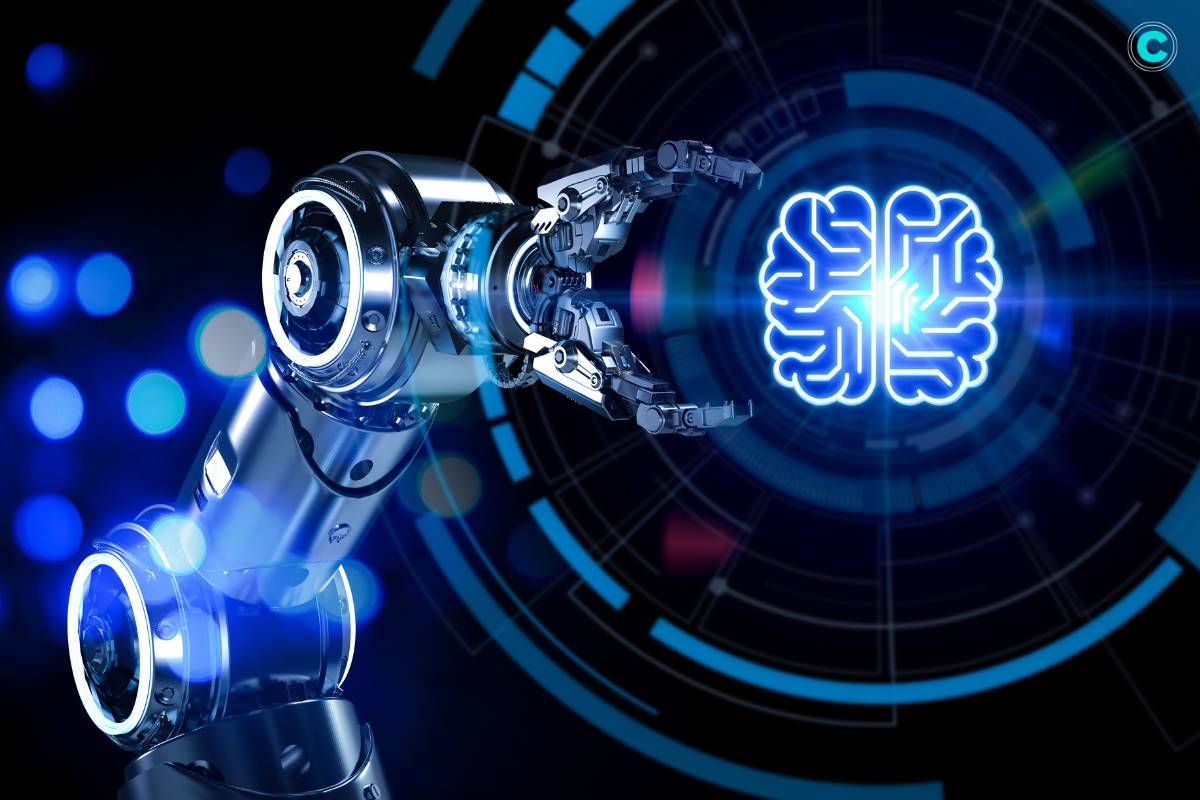In the realm of machine learning, where algorithms and models reign supreme, ensemble learning stands out as a powerful technique to enhance predictive accuracy and performance. This approach, often referred to as the “wisdom of the crowd” in machine learning, involves combining multiple models to produce better results than any single model could achieve alone. In this article, we will delve deep into the concept of this type of learning, exploring its principles, techniques, and real-world applications.
What is Ensemble Learning?
This learning is a machine learning technique that involves combining multiple individual models, often referred to as “base learners” or “weak learners,” to build a more robust model. The idea behind this learning is rooted in the concept that diverse models, when combined, can produce more accurate predictions than any individual model on its own. This approach aims to reduce the risk of overfitting and improve generalization by leveraging the collective intelligence of multiple models.
How Does Ensemble Learning Work?

This style of learning works by aggregating predictions from multiple base learners to make a final prediction. There are several methods for combining the predictions of base learners, including:
Averaging:
This simple method involves averaging the predictions of all base learners to obtain the final prediction. It is effective when the base learners are diverse and independent.
Weighted Averaging:
In this method, each base learner is assigned a weight based on its performance on a validation set. The predictions of base learners are then combined using these weights to give more importance to the more accurate learners.
Bagging (Bootstrap Aggregating):
Bagging involves training multiple base learners independently on random subsets of the training data, with replacement. The final prediction is typically made by averaging the predictions of all base learners. This method helps reduce variance and improve stability.
Boosting:
Boosting works by iteratively training base learners in such a way that each subsequent learner focuses on the examples that were misclassified by the previous learners. This allows boosting to gradually improve the overall performance of the ensemble.
Random Forest:

Random Forest combines the principles of bagging with decision tree classifiers. Instead of training just one decision tree, Random Forest trains multiple decision trees on random subsets of the data and combines their predictions through averaging or voting.
Stacking:
Stacking, also known as Stacked Generalization, involves training multiple base learners and then using a meta-learner to combine their predictions. The meta-learner learns to weigh the predictions of base learners based on their performance on a validation set.
Benefits:
One of the key benefits of ensemble learning is its ability to improve predictive accuracy and generalization performance. By combining multiple models, it can effectively mitigate the weaknesses of individual models and capitalize on their strengths. Additionally, this learning can be more robust to noise and outliers in the data, leading to more stable and reliable predictions. Moreover, this learning is highly versatile and can be applied to a wide range of machine-learning tasks, including classification, regression, and clustering.
What are Some Real-World Applications of Ensemble Learning?

This style of Learning has found widespread applications across various domains, including:
- Finance: Ensemble Learning techniques are commonly used in financial forecasting, such as stock price prediction and risk management.
- Healthcare: In healthcare, this learning can be applied to medical diagnosis, patient risk stratification, and personalized treatment recommendations.
- E-commerce: This type of learning is used in e-commerce platforms for recommendation systems, fraud detection, and customer segmentation.
- Marketing: Marketers leverage this type of learning for customer churn prediction, target audience segmentation, and campaign optimization.
- Image and Speech Recognition: These learning techniques have been instrumental in advancing the fields of image and speech recognition, leading to more accurate and robust systems.
FAQs
1. Can ensemble learning be applied to both classification and regression problems?
Yes, it can be applied to both classification and regression problems, as well as other machine learning tasks such as clustering and anomaly detection.
2. Does ensemble learning always outperform individual models?
While this learning often leads to improved performance, there are scenarios where individual models may outperform ensembles, particularly when the base learners are highly correlated or when the data is not diverse enough.
3. Is ensemble learning prone to overfitting?
It can help mitigate overfitting, especially when using techniques like bagging and boosting, which focus on reducing variance and improving generalization.
4. How do I choose the right ensemble learning technique for my problem?
The choice of the learning technique depends on various factors such as the nature of the problem, the characteristics of the data, and computational resources. It’s essential to experiment with different techniques and evaluate their performance on validation data.
5. Can this learning be combined with deep learning models?
Yes,the learning can be combined with deep learning models to further enhance their performance. Techniques like stacking can be used to combine the predictions of deep learning models with those of other types of models.
Conclusion:
Ensemble Learning is undoubtedly a powerful tool in the arsenal of machine learning practitioners. Its ability to combine the strengths of multiple models and mitigate their weaknesses has made it a go-to technique for improving predictive accuracy and model performance across various domains.
By leveraging diverse ensemble methods such as bagging, boosting, random forests, and stacking, practitioners can tailor their approach to suit the specific characteristics of their data and problem domain. Whether it’s enhancing financial forecasts, optimizing marketing campaigns, or revolutionizing healthcare diagnostics, this type of learning continues to push the boundaries of what’s possible in machine learning.

Unveiling Unsupervised Learning: An In-Depth Exploration of Machine Learning’s Self-Discovery
Unsupervised learning is a fundamental concept in the field of machine learning, distinguished by its ability to extract patterns and structures from
As we navigate through the ever-evolving landscape of artificial intelligence and data science, it remains a cornerstone technique, offering a path to more robust, reliable, and accurate machine learning models. By mastering the learning, practitioners can unlock the full potential of their data and drive transformative insights that propel their organizations forward in the era of AI-driven innovation.






